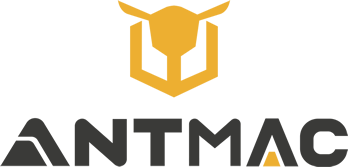One-Button Hydraulic Outrigger Leveling for Scissor Lifts: Redefines Aerial Work Efficiency
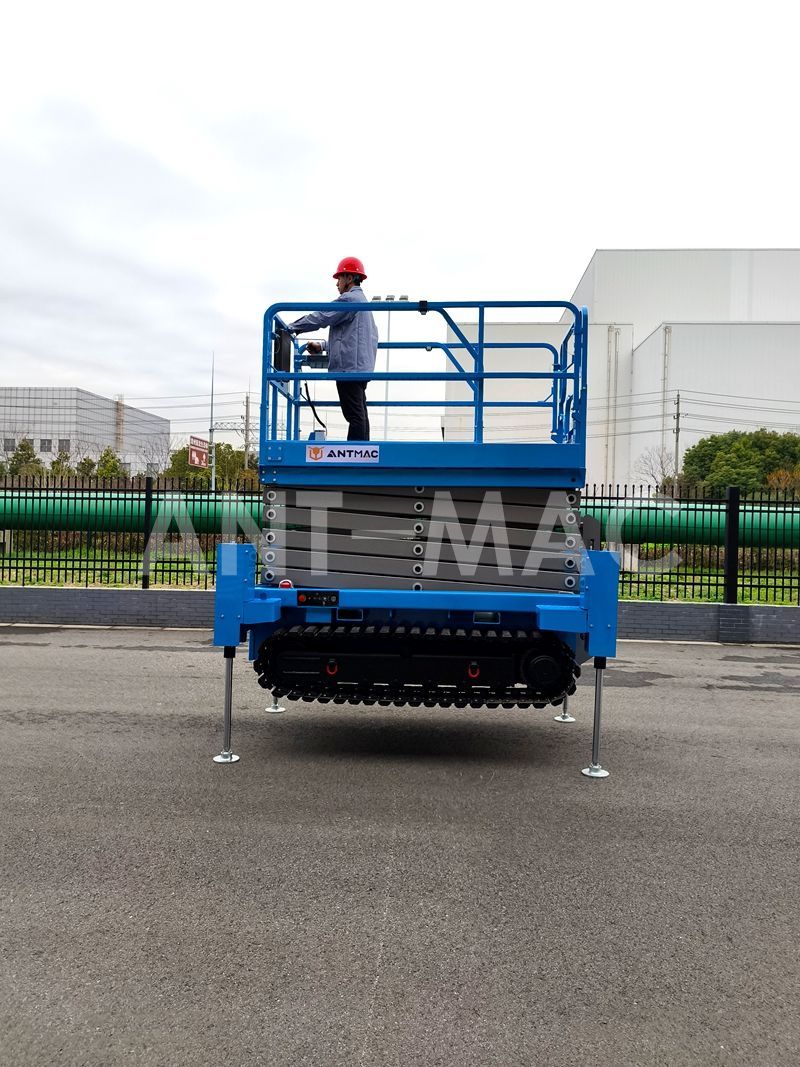
Technological Breakthrough: Hydraulic Outriggers + Intelligent Sensing Usher in the "Second-Level Leveling" Era
Recently, construction machinery brand Ant announced the mass production of its one-button hydraulic outrigger leveling system for scissor lifts. By deeply integrating four independent hydraulic outriggers with intelligent sensing control, the technology reduces the traditional manual leveling time from 5–10 minutes to within 30 seconds. This evolution shifts aerial work equipment from "manual stabilization" to "intelligent second-level leveling", delivering efficient and stable solutions for scenarios such as municipal operations, construction, and warehousing.
I. Technical Logic: A Precise Closed Loop of Sensing-Control-Execution
(1) Dynamic Sensing: Millimeter-Level Tilt Monitoring
The platform is equipped with a high-precision tilt sensor (accuracy of 0.1°), which real-time detects front/back and left/right tilt changes of the equipment. Whether facing manhole depressions on municipal roads, undulating slopes at construction sites, or uneven warehouse floors, attitude deviations are identified instantly.
(2) Intelligent Decision-Making: PLC-Driven Outrigger Coordination
Sensor data is directly transmitted to the PLC intelligent controller, which rapidly calculates the extension/retraction strokes of the four hydraulic outriggers:
For complex terrains (≤15° slopes + potholes, with variations by model), the system drives differential extension/retraction of outriggers;
Leveling is completed within 30 seconds, ensuring a horizontal deviation of ≤3° (compliant with national standard GB/T 25849-2024).
(3) Stable Execution: Adaptive Compensation of Hydraulic Outriggers
The four independent hydraulic outriggers adopt a graded pressure compensation design:
Light-load scenarios (e.g., municipal inspections): Single outriggers extend/retract rapidly, prioritizing efficiency;
Heavy-load scenarios (e.g., equipment maintenance): Multiple outriggers work in coordination, paired with pressure sensors to balance loads and eliminate single-side overload risks.
II. Core Advantages: Full-Dimensional Breakthroughs in Efficiency, Safety, and Adaptability
Compared to traditional manual leveling, the one-button hydraulic outrigger system achieves leapfrog upgrades:
Efficiency Leap
Manual leveling (5–10 minutes, prone to human error) is replaced by fully automatic leveling within 30 seconds. The system autonomously identifies terrain via tilt sensors, eliminating manual judgment. Closed-loop control synchronizes the extension/retraction of four outriggers, ending the industry pain points of "long leveling times and high reliance on experience."
Safety Upgrade
Human error risks are eliminated, with a dual redundancy mechanism (leveling failure alarm + forced power cutoff). If abnormal attitudes (horizontal deviation >3°) or uneven outrigger loads are detected, the system triggers acousto-optic alarms and cuts power, technically preventing "risky operations."
Terrain Breakthrough
From the traditional limit of ≤5° slopes, the system expands to cover ≤15° slopes + potholed complex terrains. In scenarios such as pile pits, gravel roads, and slopes in old communities, outriggers extend/retract differentially to compensate for ground gaps, enabling stable equipment positioning. Adaptable scenarios increase by 200% compared to traditional models.
III. Scenario Revolution: Penetrating All Fields from Municipal to Warehousing
Municipal Operations: Second-Level Response to "Micro-Terrain Challenges"
The leveling system compensates for ground gaps in scenarios such as manhole clusters, speed bumps, and slopes in old communities, ensuring continuity in aerial inspections and pipeline maintenance.
Case: During a municipal pipeline renovation project, equipment deployment efficiency increased by 40%, saving over 8 minutes of manual leveling time per operation.
Construction Sites: "Precision Stabilization" on Complex Ground
Adapting to pile pits, soil slopes, and gravel roads at construction sites, the leveled platform stably supports aerial work vehicles and detection equipment, solving the pain points of "difficult deployment and unstable operation."
Data: Equipment failure rates in construction scenarios decreased by 35% (rollover risks due to leveling errors eliminated).
Warehousing & Logistics: "Efficient Deployment" in Shelf Areas
When warehouse shelf floors are uneven, one-button leveling enables rapid equipment positioning, improving efficiency in aerial operations for cargo handling and equipment maintenance.
Test Result: Daily operating hours increased by 2 hours in warehousing scenarios (reducing leveling wait times).
IV. Industry Disruption: Technological Upgrades Drive Market Restructuring
(1) Deep Alignment with Safety Standards
The one-button hydraulic outrigger leveling system strictly complies with GB/T 25849-2024. In addition to horizontal deviation control, it adds a "outrigger load abnormality alarm" function, strengthening the safety baseline for aerial work.
(2) Accelerated Market Expansion
Industry research predicts that the market size of scissor lifts equipped with one-button hydraulic outrigger leveling will grow by 32% year-on-year in 2025, driven by:
Enterprise cost reduction demands: Increased leveling efficiency → higher daily workload per unit;
Stringent safety regulations: Human leveling errors become compliance risks, making intelligent leveling a standard feature.
(3) Corporate Strategy: Technology Popularization and Global Layout
Ant simultaneously launched global pre-sales, offering two core services:
Scenario-Specific Customization: Developing exclusive algorithms for municipal, construction, and warehousing scenarios (e.g., enhanced "micro-terrain compensation" for municipal use);
Intelligent Operation & Maintenance Monitoring: Real-time tracking of outrigger cylinder lifespan and sensor accuracy, predicting faults and pushing maintenance plans.
Conclusion: "Second-Level Leveling" Defines a New Benchmark for Aerial Work
The launch of one-button hydraulic outrigger leveling technology not only pushes scissor lift leveling efficiency to new heights but also reconstructs the safety logic of aerial work through intelligent sensing and hydraulic coordination. As brands like Ant advance globally, this technology is rapidly evolving from a "high-end configuration" to an "industry standard," driving aerial work equipment into a new era of "dual excellence in efficiency and safety."
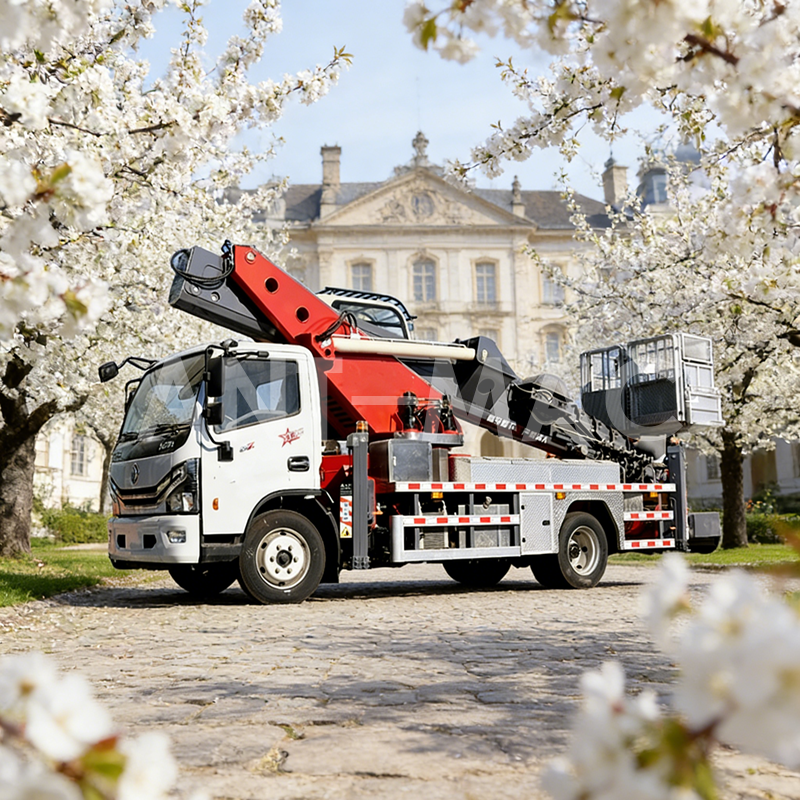 In-depth Analysis of Return on
In-depth Analysis of Return on
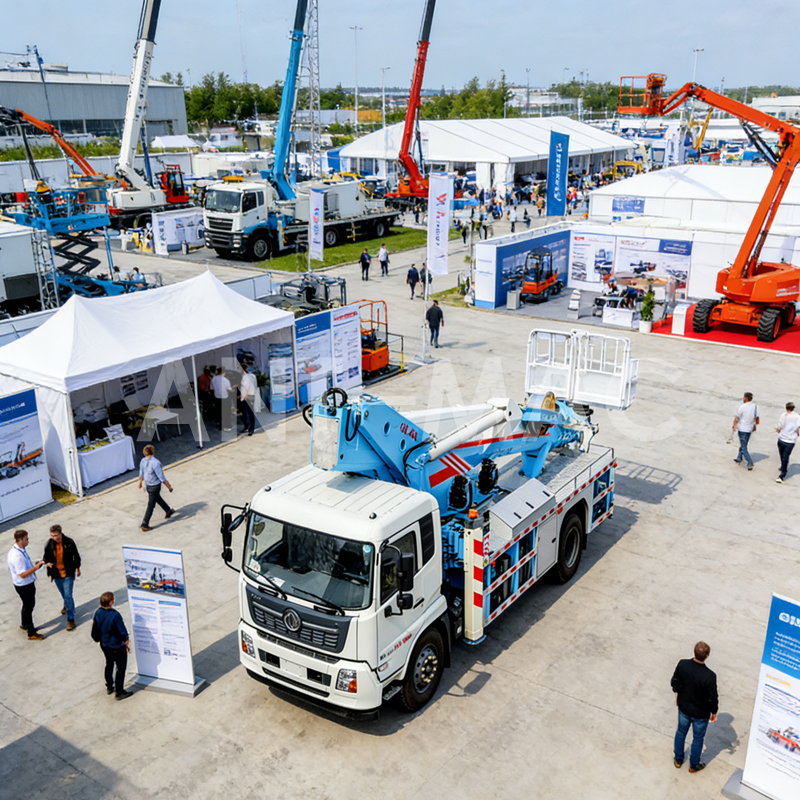 A Cost-Effectiveness Revolutio
A Cost-Effectiveness Revolutio
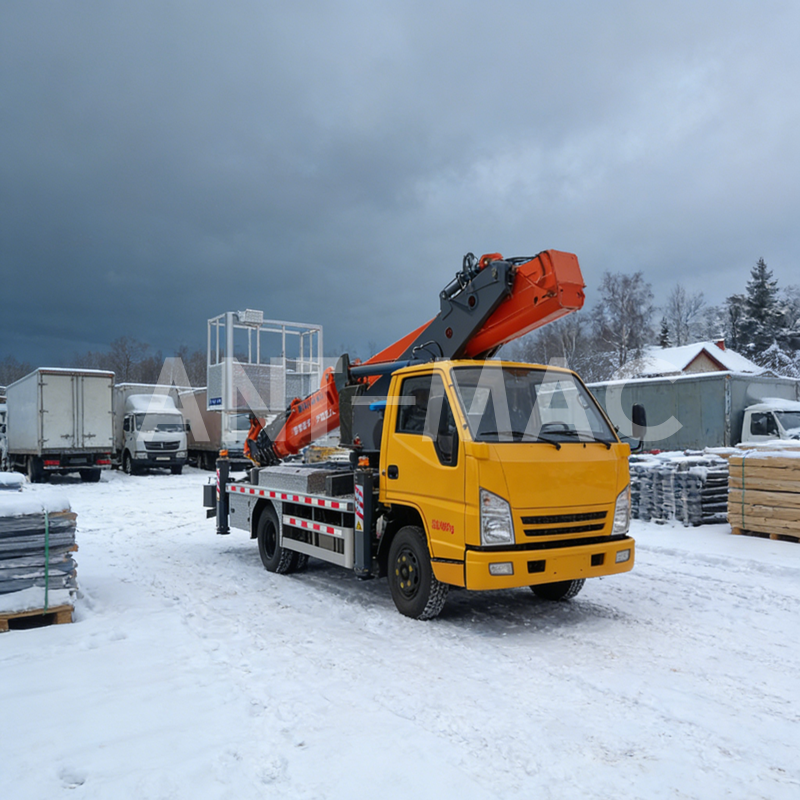 2026 Trend Insights: Four Core
2026 Trend Insights: Four Core
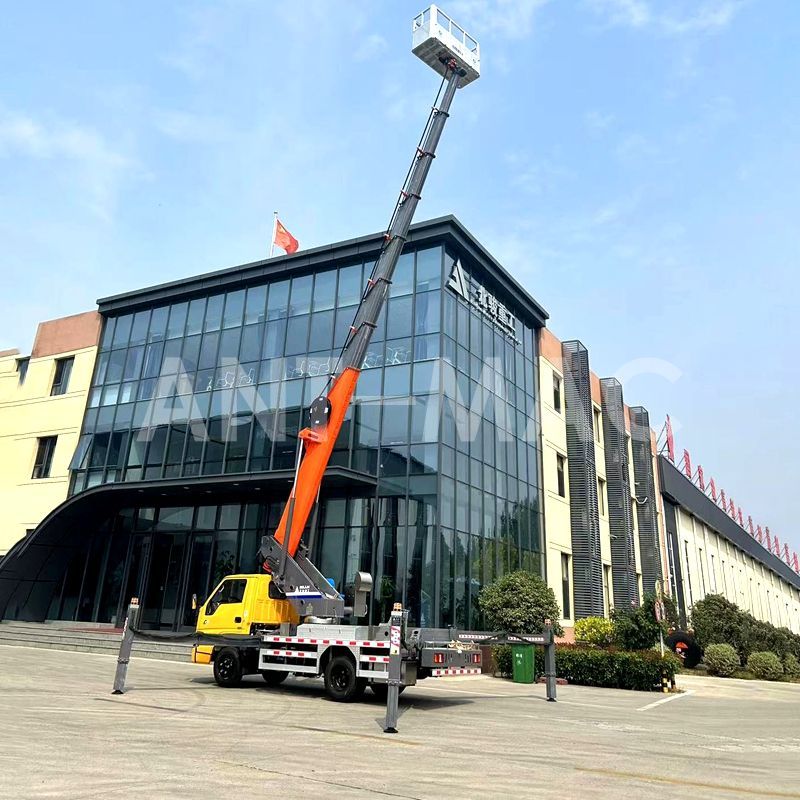 Five Criteria for Selecting Re
Five Criteria for Selecting Re
 Russian
Russian